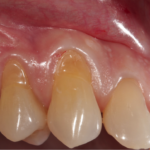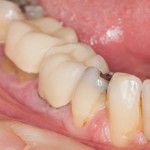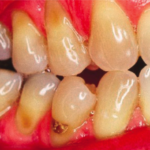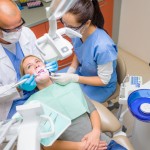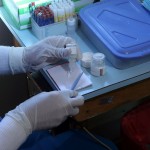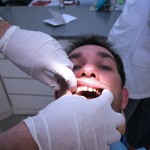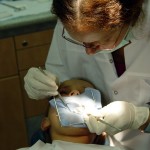
This Cochrane review update of the effects of rubber dam isolation compared with other types of isolation for direct and indirect restorative treatments included 6 RCTs. The findings provide some low-certainty evidence that rubber dam may lead to fewer direct restoration failures compared with cotton roll use after six months.
[read the full story...]